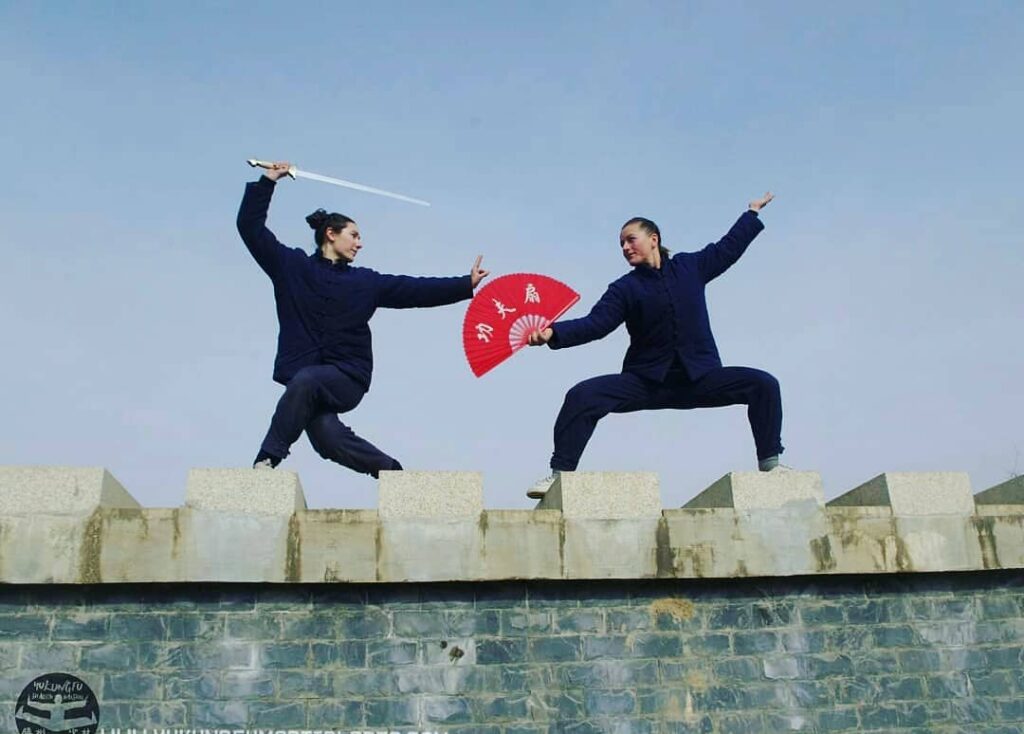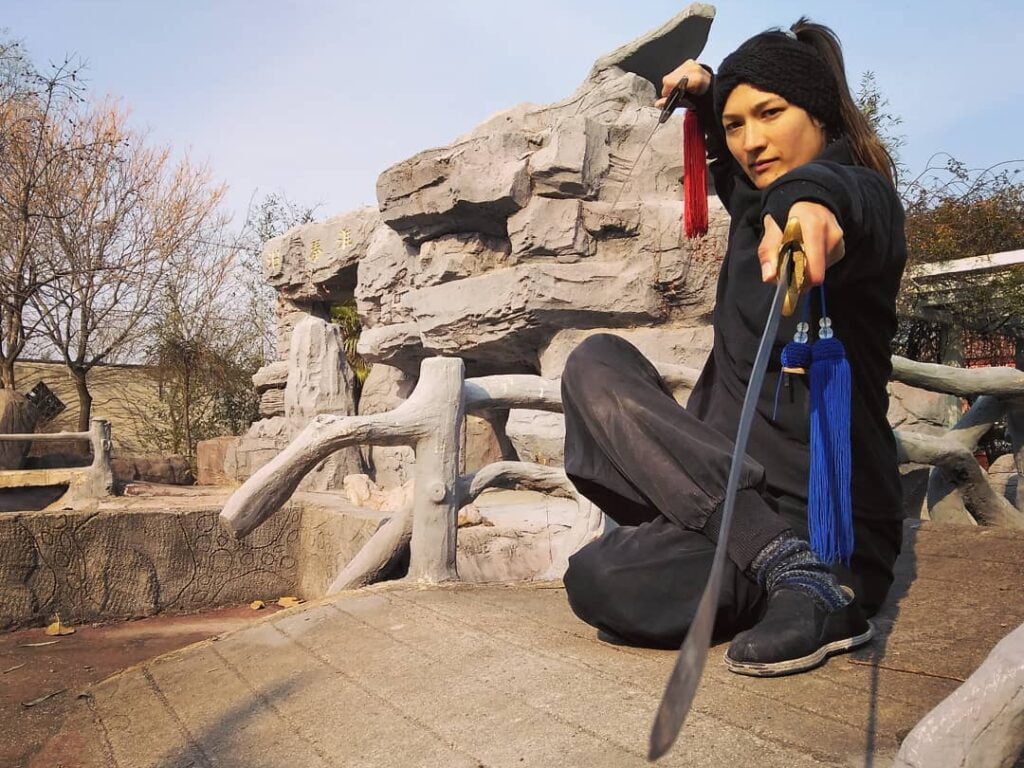
Shaolin Method

Shaolin Method
Shaolin Kung Fu
Entrenamiento Shaolin; también conocido como Shaolin Quan o Puño Shaolin, es una de las formas más antiguas de artes marciales chinas, originaria del Templo Budista Shaolin en la provincia de Henan.
Con más de 1500 años de historia, el Kung Fu Shaolin se desarrolló, entre otras razones, para que los monjes pudieran protegerse a sí mismos y al monasterio de cualquier daño. Se hicieron famosos por su valentía, disciplina y habilidades aparentemente sobrehumanas.
Shaolin Kung Fu
Also known as Shaolin Quan or Shaolin Fist, is one of the oldest forms of Chinese martial arts, originating in the Buddhist Shaolin Temple in Henan Province.
Dating back over 1500 years, Shaolin Kung Fu developed, amongst other reasons, so the monks could protect themselves and the monastery from harm. They became famous for their fearlessness, discipline and seemingly superhuman abilities.
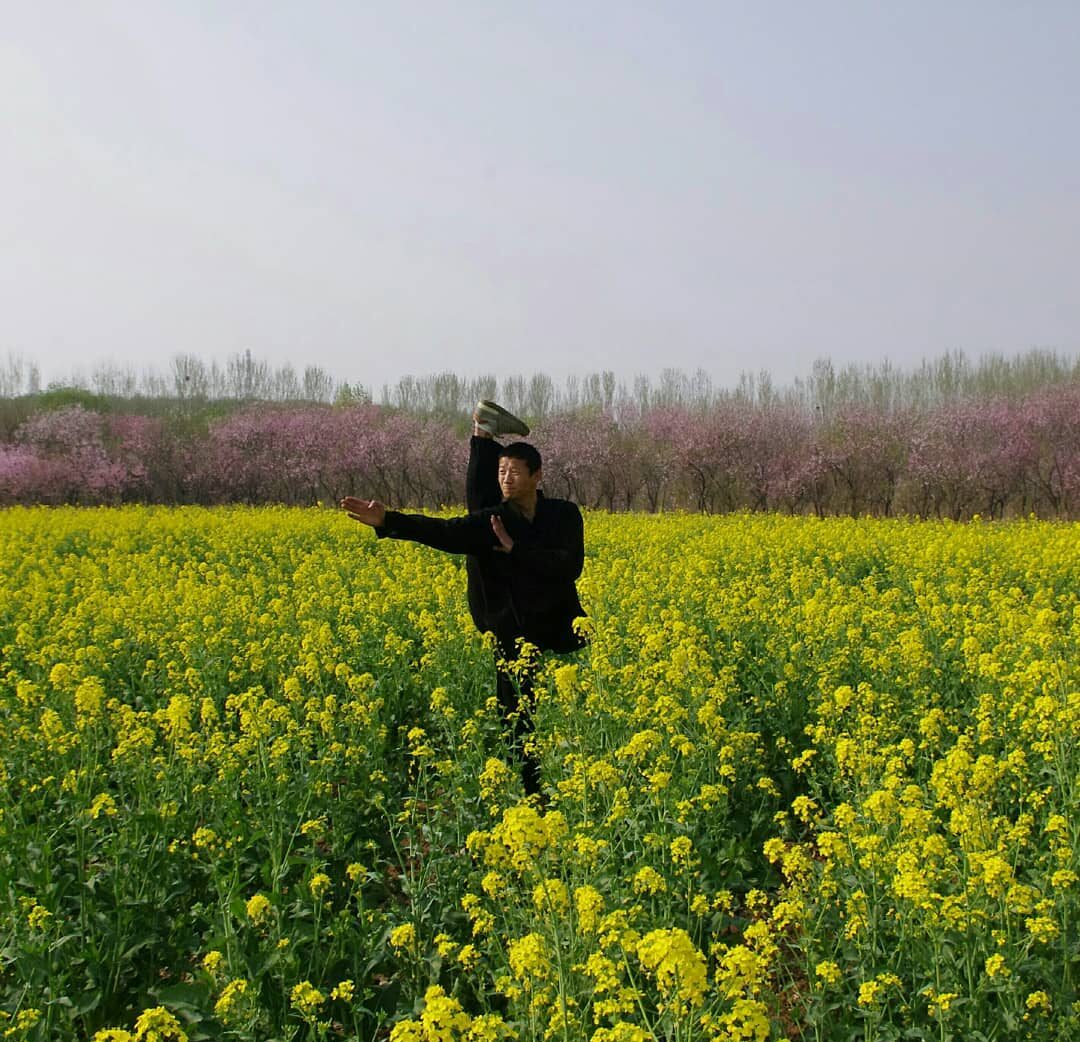
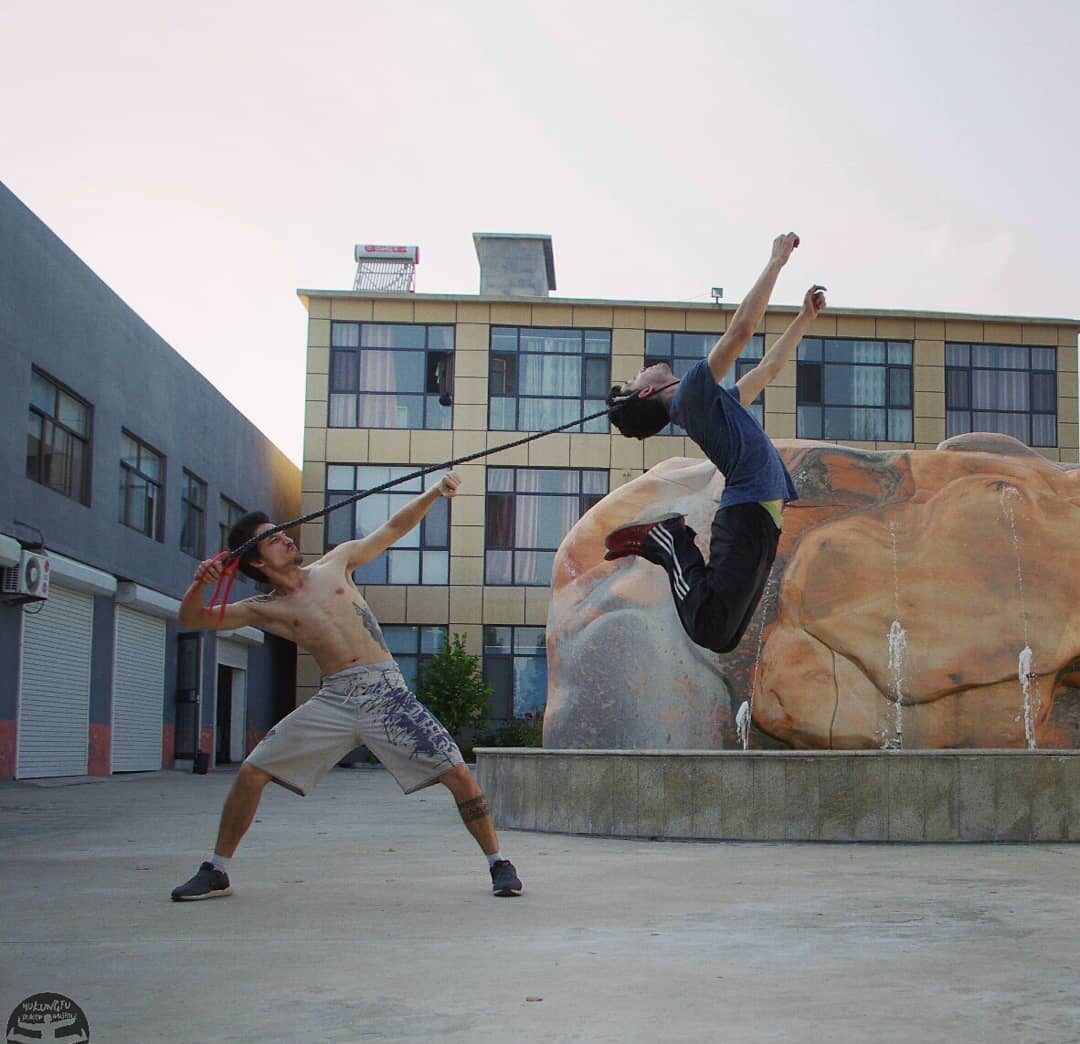
Estilos de nuestro entrenamiento Shaolin
Los estilos del Kung Fu Shaolin son principalmente externos (aunque también algunos internos) con muchas cualidades explosivas y acrobáticas. Su entrenamiento incluye:
Basicos del Shaolin: Para resistencia, flexibilidad, equilibrio, fuerza y coordinación. Se practican ejercicios como patadas, golpes y posturas repetidamente.
Styles of Shaolin Training
The styles of Shaolin Kung Fu are largely external (though some internal as well) with many explosive and acrobatic qualities. Their training includes:
Basics– For stamina, flexibility, balance, strength and coordination. Exercises such as kicks, punches and stances are practiced repeatedly.
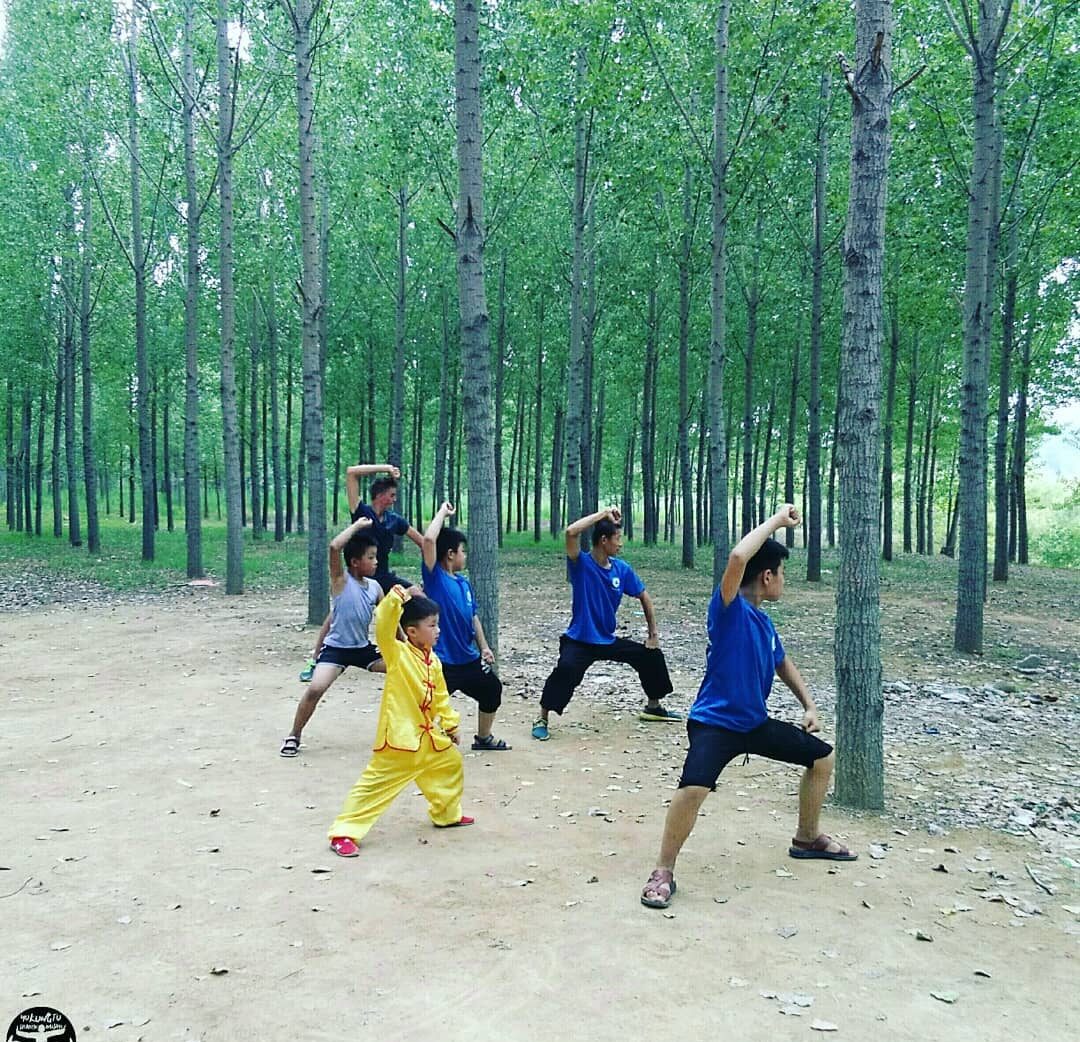

Combat Skills
Various routines involving combat forms (taolu), and their empty-handed and weapons methods.
Habilidades de Combate
Diversas rutinas que involucran formas de combate (taolu) y sus métodos de combate desarmado y con armas.
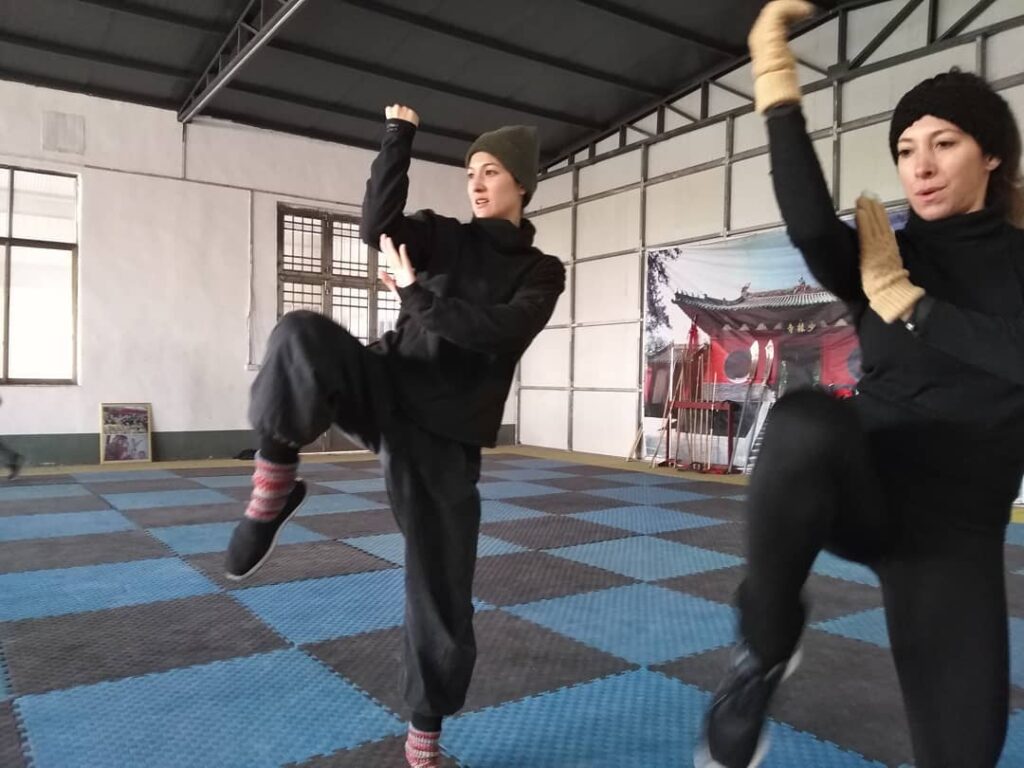
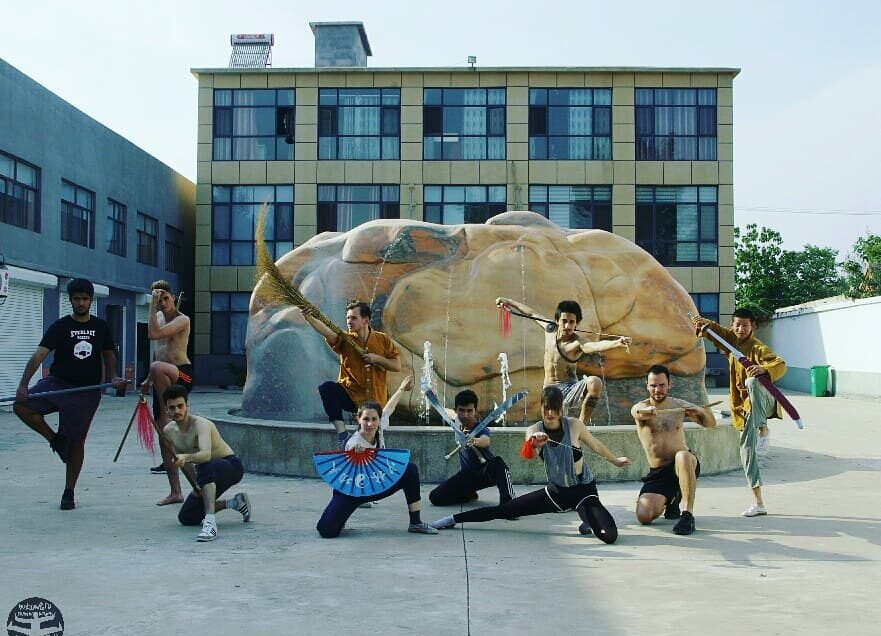
Habilidades de Fuerza Explosiva
Involucrando poder y energía interna y externa. Hay 72 habilidades secretas pertenecientes al Kung Fu Shaolin, que incluyen 36 ejercicios duros y 36 ejercicios suaves, conocidos como estilos de Qi Gong duro y suave. Por ejemplo, algunas habilidades de Qi Gong duro incluyen “cabeza de hierro” y flexiones con dos dedos. El Qi Gong suave implica meditación estática y formas dinámicas como “Ba Duan Jin” (forma de 8 pasos).
Hasta el día de hoy, el Kung Fu Shaolin sigue practicándose en el Templo, pero su fama ha llevado a que sus estudiantes y seguidores se dispersen en escuelas por toda China y el resto del mundo. En tiempos modernos, también se ha incorporado en el popular deporte de artes marciales a menudo llamado Wushu deportivo.
Para muchos artistas marciales, estas competiciones de Wushu brindan la mejor oportunidad para poner a prueba sus habilidades y ampliar su conocimiento sobre lo que es posible.
Power Skills
Involving internal and external power and energy. There are 72 secret skills belonging to Shaolin Kungfu, these include 36 hard exercises and 36 soft exercises, known as hard and soft Qi Gong styles. For example, some hard QiGong skills include ‘iron head’ and two finger push ups. Soft Qi Gong involves static meditation and dynamic forms like ‘Ba Duan Jin’ (8 Step form).
To this day Shaolin Kung Fu is still practiced within the Temple but its fame has seen its students and followers spread into schools throughout China and the rest of the world. Modern times have also seen its incorporation into the popular martial arts sport often called sport Wushu.
For many martial artists these Wushu competitions provide the best opportunity for them to test their skill and expand their knowledge of what is possible
